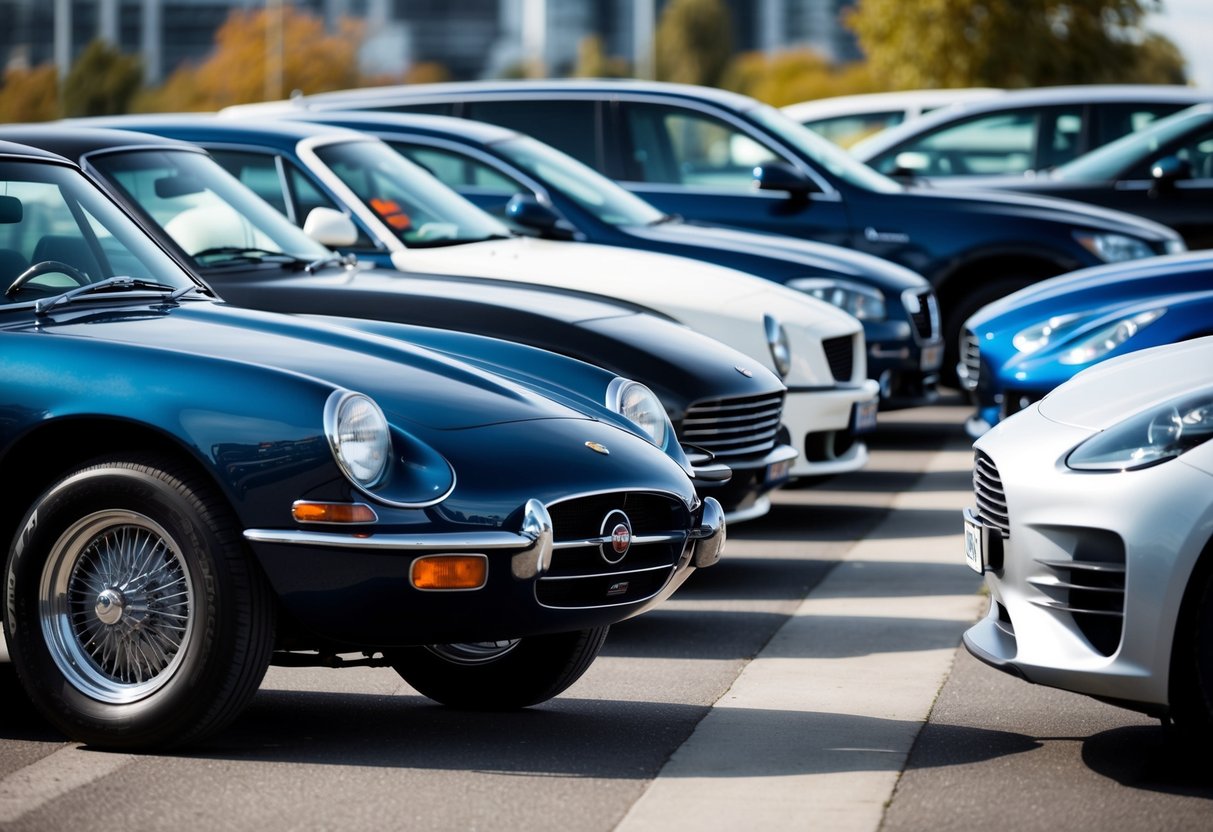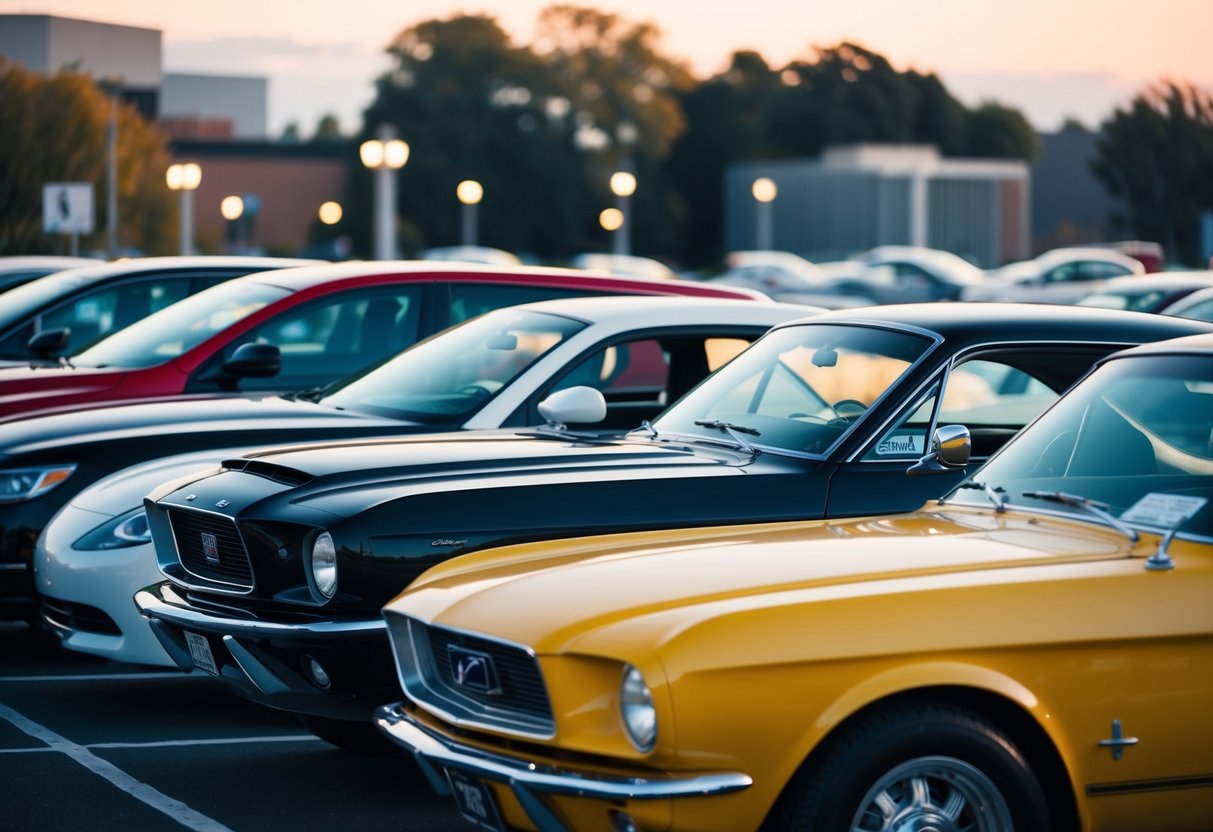
Generational Appeal
The intrinsic link between nostalgia and generational appeal is significant. Different age groups are drawn to different eras of design. Baby boomers might gravitate toward 1960s and 1970s models, while younger generations may connect more with designs from the 1980s and 1990s.
Manufacturers strategically target these preferences. They position their products to cater to the specific tastes of each demographic. This targeted approach not only drives sales but also ensures the brands resonate with diverse consumer bases. By appealing to generational influences, automakers successfully span a wide range of preferences, creating products that are both timeless and contemporary.
The Role of Heritage in Car Design
Heritage plays a crucial part in retaining the essence of classic vehicles while incorporating modern innovations. This section highlights how brand identity is preserved in contemporary models and a specific example of MINI Cooper’s design evolution.
Maintaining Brand Identity
Car manufacturers often rely on their heritage to maintain a distinctive brand identity. Iconic design elements from the past, such as the sharp lines of a Ford Mustang or the symmetry of an older model, serve as inspirations for modern designers. These nostalgic cues not only attract enthusiasts but also ensure that the brand remains recognizable across generations.
Staying true to heritage demands balancing historical aesthetics with current engineering advancements. For instance, while a new Ford Mustang may sport a sleek, contemporary design, it often retains the classic pony emblem and signature grille. These enduring features communicate familiarity and respect for tradition, keeping the brand’s loyalists engaged.
Balancing old and new doesn’t mean freezing in time. Instead, it involves strategic innovation to ensure vehicles meet modern standards while celebrating their legacy. By weaving past and present together, manufacturers create products that resonate emotionally with consumers while remaining competitive in today’s automotive market.
Case Study: MINI Cooper’s Modern Transformation
MINI Cooper exemplifies how a brand evolves while honoring its roots. Originally introduced in 1959, its compact design and unique personality made it an instant classic. Fast forward to today, the MINI Cooper retains its charm through iconic features like its rounded headlights and compact body.
Though the car has evolved, the designers have carefully maintained its essential characteristics. The modern iterations include advanced technology and improved performance to meet contemporary consumer needs without losing its classic appeal. The blend of tradition and innovation ensures that MINI Cooper remains a beloved figure in the automotive world.
This transformation illustrates the impactful role heritage plays in keeping a brand alive and relevant. By faithfully preserving its retro aspects while progressively integrating state-of-the-art features, MINI Cooper showcases how heritage can guide and influence modern car design successfully.
Revival of American Classics

Modern automakers are drawing inspiration from the celebrated design aesthetics of classic American cars. This revival is seen prominently in the resurgence of models like the Ford Mustang, the launch of the new Ford Bronco, and the unique Chevrolet SSR pickup.



